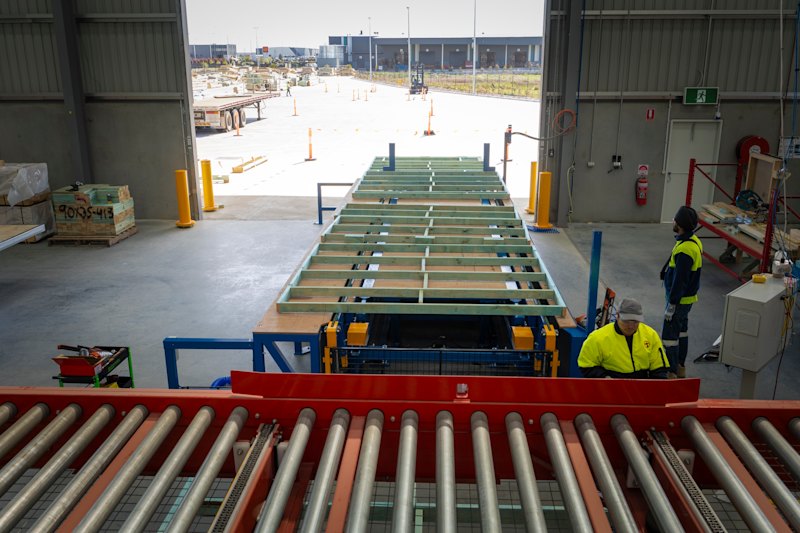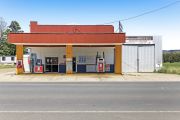
Land and financing costs block crucial urban infill development
Rising land costs have overtaken financing to become the biggest concern for smaller developers doing projects up to $15 million in value, threatening the viability of infill housing that is crucial for cities such as Sydney and Melbourne to meet their new home targets, an industry survey shows.
The survey of 216 small and medium-sized developers – mainly of townhouses and duplexes, land subdivisions and single-home builds – showed 62.5 per cent of respondents cited land costs in their top three hurdles, nearly double the 33.7 per cent of the last survey two years ago.

Raising project debt finance was a top-three concern for 50.5 per cent of respondents, down slightly from 33.7 per cent at the time of the last survey by lending platform CrowdProperty in 2023.
The comparisons are not exact – the platform’s last survey focused on developers doing projects up to $5 million in value – but land costs, taxes and slow approval processes, which raise costs before building can start, threaten targets such as the NSW Labor government’s plan to build 112,000 new low- and mid-rise homes over the next five years.
But the findings also show the mismatch between Australia’s increasingly important small-scale developers and funders – both bank and non-bank lenders – that find it cheaper and more profitable to focus on larger projects well above the $15 million threshold for smaller projects.
“A range of non-bank lenders have come into the SME development space over the last seven to eight years, although many of those that have been successful tend to shift their focus in time to larger ticket sales with facility limits over $20 million,” said CrowdProperty property director Brian Cullen.
“The credit assessment and loan management requirements are very similar when comparing a facility of $5 million versus $20 million, hence the shift to the products with the higher earning capacity for the lender.”
Clear figures showing the impact of smaller developers in housing development are not clear. Just over one-third of respondents to the survey (37 per cent) had completed only one or two projects, while 34 per cent had completed between three and five. Just over 11 per cent had completed six to 10 projects and the proportion with more than 10 under their belt was almost 18 per cent.
Opportunities – and similar challenges – are now appearing for smaller developers in the fast-evolving area of prefab and modular construction.
The potential to use offsite manufacture for components of homes that are assembled on a small site is a potential game-changer for the sector, according to Rob Flux, who heads Property Developer Network, an organisation representing smaller players.
“A builder has a financial constraint with regard to their licence,” Flux said.
“If you’ve got a builder with a $5 million licence [limit] they can do five $1-million houses. Each takes 12 months to build. But if you assemble a house, it would only take one month to build a house. He could build 12 times as many houses.”
Federal Housing Minister Clare O’Neil said modular and prefab construction faced hurdles that the federal and state governments were trying to remove to make them more accessible.
“One of the no-brainers here is to try to remove barriers to innovation,” O’Neil told The Australian Financial Review on Friday.
“We’ve got part of the national competition policy payments linked to the states removing regulatory barriers that they may have inadvertently put up to stop modern methods of construction.”
Lenders are also making changes to accommodate the new technology.
Commonwealth Bank, the country’s largest mortgage lender, last month said it would offer loans of up to 80 per cent to customers buying modular homes from a range of approved builders.
Flux, said his membership of about 32,000 smaller part- and full-time developers could benefit from prefab.
“It would allow significantly reduced holding costs,” he said. “You’re not spending 12 months on holding costs, only one or two months.”
Banks, however, were not lending to developers wanting to undertake prefab projects, Flux said.
“CBA is doing it for residential [customers] but not for commercial lending, which is where the developers are,” he said.
The bank, which said it was excited by the potential of prefabricated construction to speed up the delivery of much-needed housing, said it was prepared to lend construction finance to complying developments.
“To date, we’ve discussed a number of new medium-density projects with some of our customers who are considering prefabricated construction as a delivery method, and we’re open and willing to support them if they pursue this option utilising Australian prefab manufacturers,” a spokesperson said.
A banking industry source also said some small developments, such as splitting an individual block to build two or three semidetached homes, could be financed through existing retail lending products, rather than needing a commercial loan.











